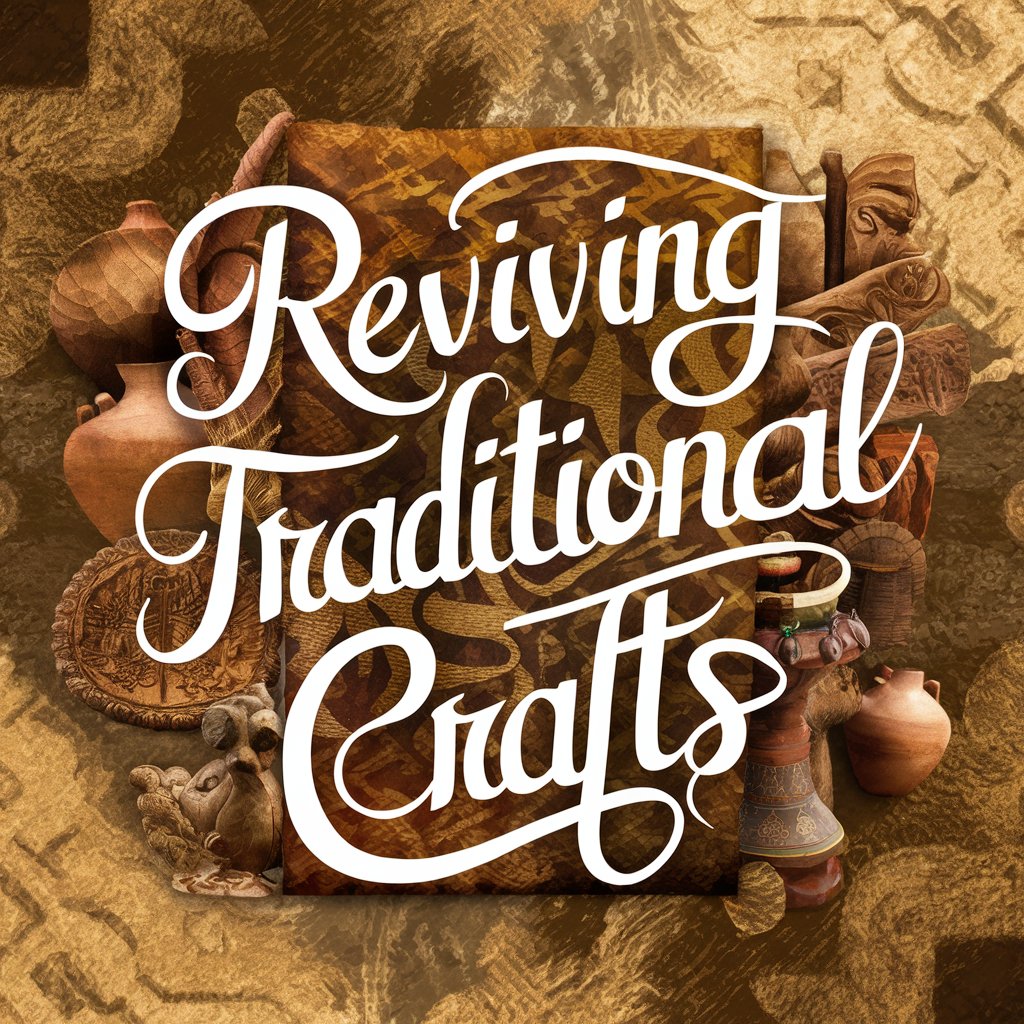In a world increasingly dominated by mass production and digital convenience, the resurgence of traditional crafts and hand-made goods signifies a meaningful cultural shift. This revival not only honors the artistry and heritage of past generations but also embraces sustainability and individuality in consumer choices. As we delve into this fascinating trend, we explore the multifaceted reasons behind the renaissance of hand-crafted items and its broader implications for modern society. You can find more blogs on dgmnews.com/posts archives.
The Historical Significance of Traditional Crafts
Traditional crafts are more than mere objects; they are embodiments of history and culture. From pottery and weaving to woodworking and metalwork, these crafts have been honed over centuries, passed down through generations as both a livelihood and an art form. Each handcrafted piece tells a story of its origins, the hands that shaped it, and the community it represents.
Historically, these crafts were important in daily life, providing essential tools, clothing and decorations. As technology progressed, the efficiency and cost of mechanized products overshadowed many traditional crafts. But the skills and knowledge associated with this craft continue and have been kept alive by dedicated artisans and cultural preservationists
The Modern Appeal of Hand-Made Goods
Uniqueness and Quality
One of the reasons for the renewed interest in handmade products is their uniqueness. Unlike mass production, each handmade item is one-of-a-kind, reflecting the artist’s skill and creativity. Today, consumers value quality over quantity, demanding products that are not only functional but also beautiful and durable.
Sustainability and Ethical Considerations
In an era of environmental consciousness, handmade products offer a sustainable alternative to mass production. Traditional craft methods generally use natural resources and produce less waste, in line with the principles of sustainable living. Furthermore, the purchase of artisanal goods often supports local economies and healthy labor practices, in contrast to the often exploitative labor conditions found in large-scale manufacturing
Emotional and Cultural Connection
Hand-made goods foster a deeper emotional connection between the consumer and the product. Knowing the story behind a piece and the person who made it imbues the item with personal significance. This connection extends to a broader cultural appreciation, as consumers engage with the heritage and traditions of different communities through their crafts.
Revival Through Technology and Social Media
While traditional crafts are rooted in age-old techniques, their revival is being significantly aided by modern technology and social media. Platforms like Instagram, Etsy, and Pinterest have become crucial for artisans to showcase their work, reach a global audience, and connect with customers directly. These platforms allow for storytelling and transparency, letting artisans share their process and the inspiration behind their creations.
Online Marketplaces and E-commerce
Online marketplaces have revolutionized the way hand-made goods are bought and sold. Websites like Etsy provide a dedicated space for artisans to market their products, manage their sales, and engage with a community of like-minded individuals. This accessibility has lowered the barriers to entry for many artisans, enabling them to turn their passion into a viable business.
Digital Tools for Craftsmanship
In addition to marketing, technology has enhanced the craftsmanship itself. Digital tools and software can assist in design and production, allowing artisans to innovate while still maintaining the integrity of traditional techniques. For example, 3D printing can be used to create intricate molds for jewelry making, while digital design programs can help in planning complex patterns for textiles.
Economic Impact of Hand-Made Goods
The resurgence of traditional crafts also has a significant economic impact. As consumers increasingly turn to hand-made goods, the demand supports small businesses and local artisans. This shift can lead to the revitalization of local economies, particularly in rural and underserved areas where traditional crafts have been a staple.
Supporting Small Businesses
When consumers purchase hand-made items, they are often directly supporting the artisans and their families. This support can help sustain traditional crafts and provide a steady income for craftsmen and women. In many cases, it also encourages the continuation of these skills, as younger generations see viable economic opportunities in pursuing their craft.
Tourism and Cultural Heritage
Traditional crafts also play a crucial role in tourism, attracting visitors interested in cultural heritage and authentic experiences. Craft fairs, workshops, and artisan markets not only provide a platform for selling goods but also for educating the public about the cultural significance of these crafts. This can boost local tourism, creating additional revenue streams for communities.
Challenges and Opportunities
Despite the positive trends, the revival of traditional crafts faces several challenges. One significant hurdle is the undervaluing of artisan labor. Many consumers are accustomed to the low prices of mass-produced goods and may not fully appreciate the time, effort, and skill required to produce hand-made items.
Educating Consumers
Educating consumers about the value of hand-made goods is crucial. This includes highlighting the sustainability, quality, and cultural significance of these items. Artisans and advocates must also address misconceptions about pricing, helping consumers understand that higher costs reflect fair wages and ethical production methods.
Preserving Techniques and Skills
Another challenge is preserving the techniques and skills necessary for traditional crafts. As older artisans retire, there is a risk that these skills could be lost. Apprenticeship programs, educational initiatives, and support for artisan communities are essential for ensuring that these crafts continue to thrive.
The Future of Traditional Crafts
The future of traditional crafts is bright, with increasing awareness and appreciation for the value of hand-made goods. As more people seek sustainable and meaningful alternatives to mass production, traditional crafts offer a rich and rewarding avenue for both artisans and consumers. By supporting these crafts, we not only preserve important cultural heritage but also contribute to a more sustainable and ethical economy.
A Call to Action
We encourage everyone to explore the world of hand-made goods, whether by purchasing items, learning a craft, or supporting artisan communities. Together, we can ensure that traditional crafts continue to flourish, enriching our lives and our culture for generations to come.






